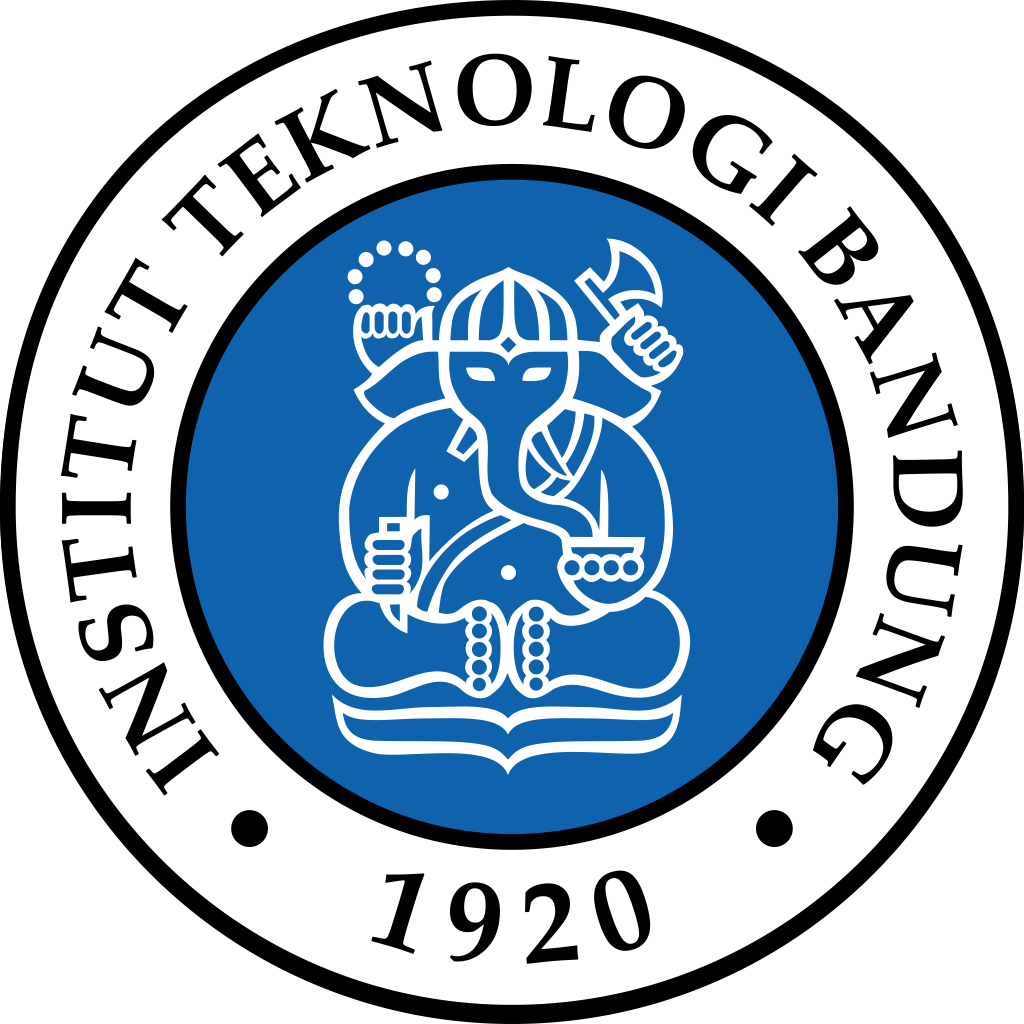Authors: R G Dewi, M Zunita, G N Sevie and F W Kurniawati
As an intensive energy-consuming, iron and steel making industry has significantly contributed to the national GHG emissions as the energy consumption is supplied by fossil fuels with high carbon emissions. The industry also releases GHG emissions during production processes, in which the emissions are considered as IPPU (industrial process and product use) category. There are still rooms for improvements in this industry, particularly those related to the efficiency improvement of energy use as well as material use or processes that could lead to the GHG emission reductions. Therefore, the iron and steel industry important roles to achieve the target of Indonesia’s NDC commitment in reducing GHG emissions and also towards the direction of low-carbon development and future climate resilience. In this study, a quantitative evaluation was conducted to analyse the effectiveness of emissions mitigation on potential energy saving and carbon emission reduction using the bottom-up AIM/End-use energy model in 2010-2050. This tool was used to select an optimal technology in detail with minimum cost approach. Several energy models have been proposed previously to quantify carbon emissions. However, a separate analysis of emissions from energy usage and IPPU (Industrial Process and Product Use) has never been done. The energy model was built under the baseline scenario and the following relevant mitigation scenario options were investigated: (i) adjusted the production structure, by increasing material efficiency with the scrap use in steel production process BF-BOF (Blast furnace-Basic oxygen furnaces) route and scrap-EAF (Electric arc furnace) route (CM1 scenario), (ii) maximised energy efficiency, by promoting low-carbon technology and non-blast furnace technology (smelting reduction) that is unimplemented early in modelling years in Indonesia will be included in the energy model for future reference (CM2 scenario), (iii) carbon emissions reduction through substitution of fossil fuels to low emission fuels (CM3 scenario). The expected results from the AIM/End-use model of Indonesia’s steel industry is to provide optimal mitigation options in terms of emission reductions and costs.
